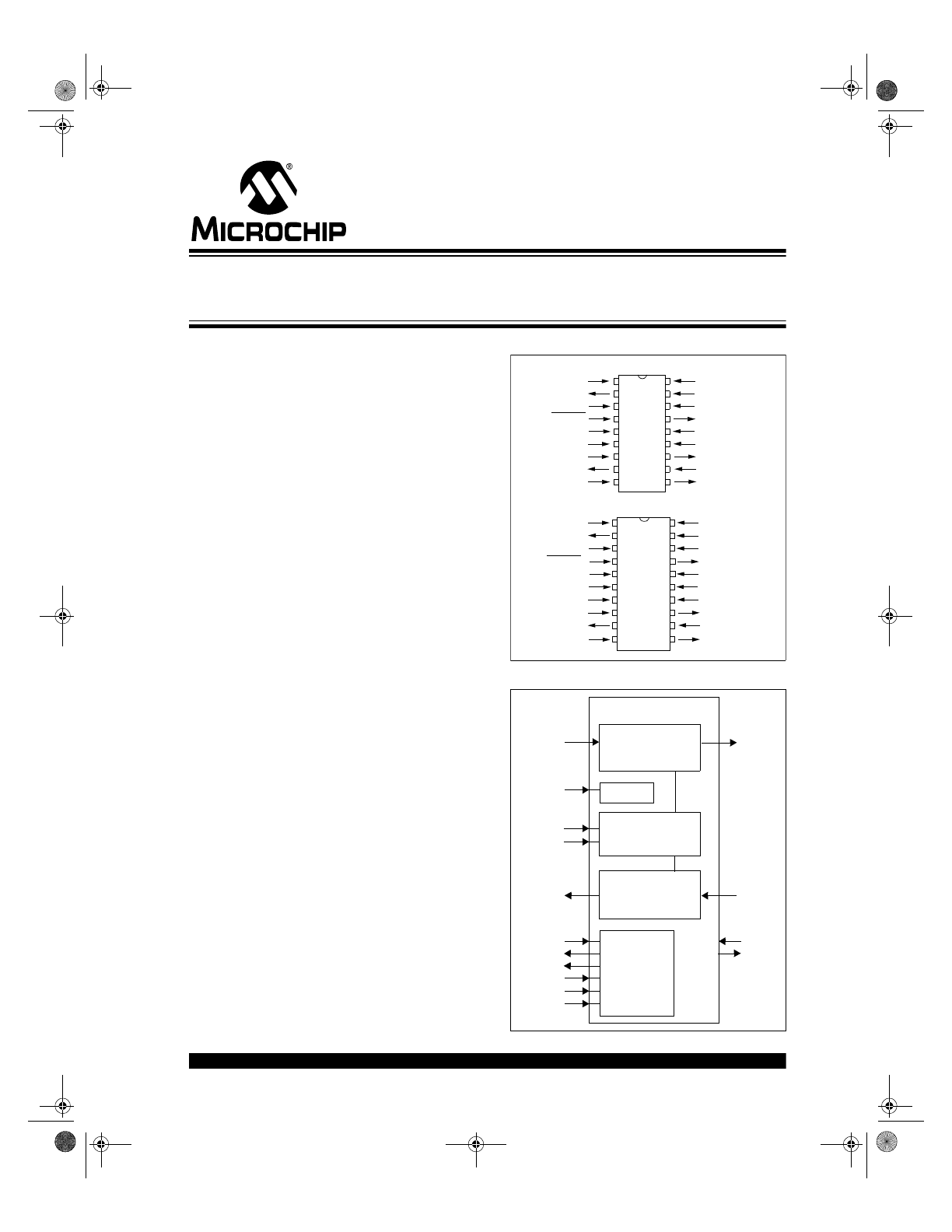
2001-2013 Microchip Technology Inc.
Preliminary
DS21690B-page 1
MCP2155
Features
• Implements the IrDA
®
standard including:
- IrLAP
- IrLMP
- IAS
- TinyTP
- IrCOMM (9-wire “cooked” service class)
• Provides IrDA standard physical signal layer
support including:
- Bi-directional communication
- CRC implementation
- Data communication rates up to 115.2 kbaud
• Includes UART to IrDA standard bit encoder/
decoder functionality:
- Easily interfaces to industry standard UARTs
and infrared transceivers
• UART interface for connecting to Data
Communicating Equipment (DCE) systems
• Transmit/Receive formats (bit width) supported:
- 1.63 µs
• Hardware baud rate selection for UART
- 9.6 kbaud
- 19.2 kbaud
- 57.6 kbaud
- 115.2 kbaud
• Infrared baud rates supported
- 9.6 kbaud
- 19.2 kbaud
- 38.4 kbaud
- 57.6 kbaud
- 115.2 kbaud
• 64 Byte Data Packet Size
• Programmable Device ID String
• Operates as Secondary Device
CMOS Technology
• Low-power, high-speed CMOS technology
• Fully static design
• Low voltage operation
• Industrial temperature range
• Low power consumption
- < 1 mA @ 3.3V, 11.0592 MHz (typical)
- 3 mA typical @ 5.0V when disabled
Pin Diagrams
Block Diagram
2
3
4
5
6
7
8
9
10
1
2
3
4
5
6
7
8
9
1
19
18
16
15
14
13
12
11
17
18
17
15
14
13
12
11
10
16
20
OSC2
OSC1/CLKI
V
SS
V
SS
V
DD
V
DD
BAUD1
CD
CTS
RTS
TX
RX
RI
DSR
DTR
TXIR
RXIR
RESET
EN
BAUD0
V
SS
TX
RX
RI
TXIR
RXIR
RESET
EN
BAUD0
OSC2
OSC1/CLKI
V
DD
BAUD1
CD
CTS
RTS
DSR
DTR
MC
P
2
1
5
5
M
C
P
215
5
PDIP, SOIC
SSOP
Encode and
Protocol Stack
TX
TXIR
RX
RXIR
EN
MCP2155
Logic
Baud Rate
RTS
Generator
BAUD1
BAUD0
CD
UART
Control
CTS
DSR
DTR
RI
OSC1
OSC2
Protocol Stack
Handler and
Handler
Decode
IrDA
®
Standard Protocol Stack Controller
Supporting DCE Applications
21690B.book Page 1 Thursday, January 10, 2013 1:06 PM
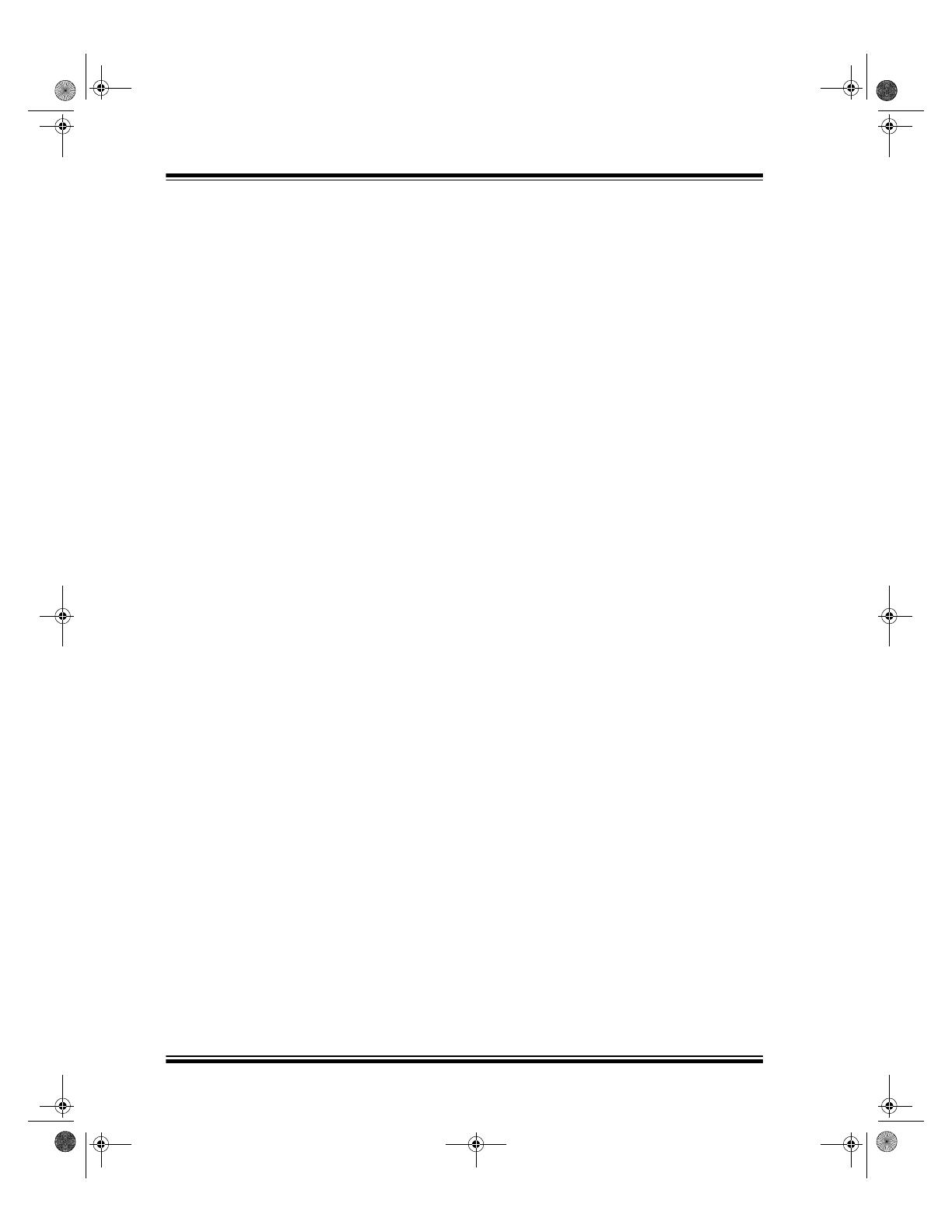
MCP2155
DS21690B-page 2
Preliminary
2001-2013 Microchip Technology Inc.
NOTES:
21690B.book Page 2 Thursday, January 10, 2013 1:06 PM
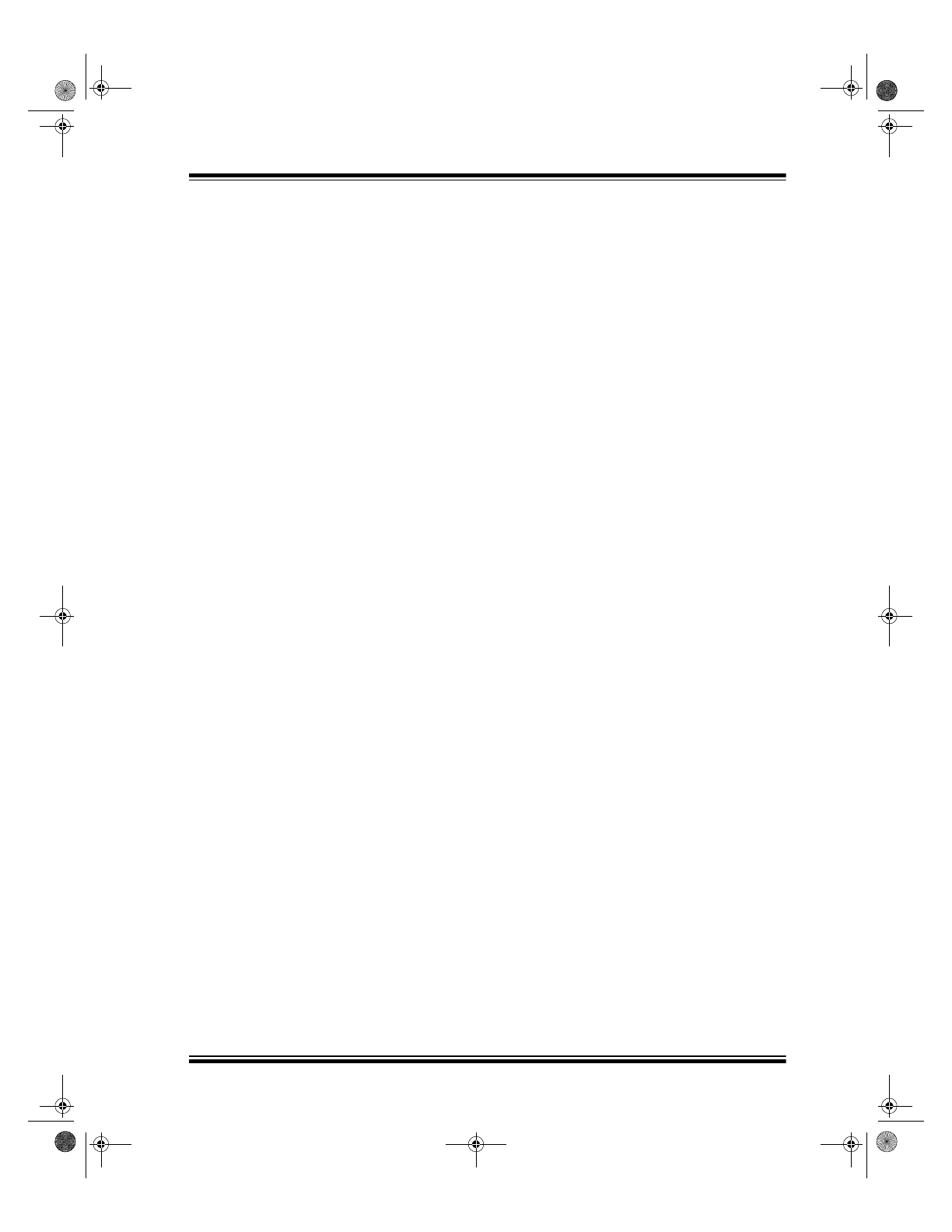
2001-2013 Microchip Technology Inc.
Preliminary
DS21690B-page 3
MCP2155
1.0
DEVICE OVERVIEW
This document contains device specific information for
the following device:
• MCP2155
The MCP2155 is a cost effective, low pin count (18-
pin), easy to use device for implementing IrDA stan-
dard wireless connectivity. The MCP2155 handles for
the IrDA standard protocol “stack” plus bit encoding/
decoding. The MCP2155 operates in Data Communi-
cation Equipment (DCE) applications and sits between
a UART and an infrared optical transceiver.
The Serial interface baud rates are user selectable to
one of four IrDA standard baud rates between 9600
baud and 115.2 kbaud (9600, 19200, 57600, 115200).
The IR baud rates are user selectable to one of five
IrDA standard baud rates between 9600 baud and
115.2 kbaud (9600, 19200, 38400, 57600, 115200).
The serial interface baud rate will be specified by the
BAUD1:BAUD0 pins, while the IR baud rate is specified
by the Host Controller. This means that the baud rates
do not need to be the same.
The MCP2155 encodes an asynchronous serial data
stream, converting each data bit to the corresponding
infrared (IR) formatted pulse. IR pulses that are
received are decoded, and then handled by the proto-
col handler state machine. The protocol handler will
then send the appropriate data bytes to the host con-
troller in UART formatted serial data.
The MCP2155 supports “point-to-point” applications.
That is one Primary device and one Secondary device.
The MCP2155 is a secondary device and does not sup-
port “multi-point” applications.
Sending data using IR light requires some hardware
and the use of specialized communications protocols.
These protocols and hardware requirements are
described in detail by the IrDA standard specifications.
The encoding/decoding functionality of the MCP2155
is designed to be compatible with the physical layer
component of the IrDA standard. This part of the stan-
dard is often referred to as “IrPHY”.
The complete IrDA standard specifications are avail-
able for download from the IrDA website
(www.IrDA.org).
21690B.book Page 3 Thursday, January 10, 2013 1:06 PM

MCP2155
DS21690B-page 4
Preliminary
2001-2013 Microchip Technology Inc.
1.1
Applications
The MCP2155 IrDA standard protocol stack controller
supporting the IrDA standard for IrCOMM 9-wire
“cooked” service class which enables embedded sys-
tem designers the easiest way to implement IrDA stan-
dard wireless connectivity.
Figure 1-1
shows a typical
application block diagram.
Table 1-2
shows the pin def-
initions.
TABLE 1-1:
OVERVIEW OF FEATURES
Infrared communication is a wireless two-way data
connection using infrared light generated by low-cost
transceiver signaling technology. This provides reliable
communication between two devices.
Infrared technology offers:
• Universal standard for connecting portable com-
puting devices
• Easy, effortless implementation
• Economical alternative to other connectivity solu-
tions
• Reliable, high speed connection
• Safe to use in any environment; can even be used
during air travel
• Eliminates the hassle of cables
• Allows PC’s and other elctronic device’s (such as
PDA’s, cell phones, ....) to communicate with each
other
• Enhances mobility by allowing users to easily
connect
The MCP2155 allows the easy addition of IrDA stan-
dard wireless connectivity to any embedded applica-
tion that uses serial data.
Figure 1-1
shows typical
implementation of the MCP2155 in an embedded sys-
tem.
The IrDA protocols for printer support are not included
in the IrCOMM 9-wire “cooked” service class.
FIGURE 1-1:
SYSTEM BLOCK DIAGRAM
Features
MCP2155
Serial Communications:
UART, IR
Baud Rate Selection:
Hardware
Low Power Mode:
Yes
Resets (and Delays):
RESET, POR
(PWRT and OST)
Packages:
18-pin DIP, SOIC,
20-pin SSOP
Encode
Decode
TX
TXIR
RX
RXIR
EN
MCP2155
Microcontroller
TX
RX
Optical
UA
R
T
TXD
RXD
Power Down
logic
Baud Rate
Generator
BAUD1
BAUD0
RTS
CD
UART
Control
CTS
DSR
DTR
RI
Transceiver
21690B.book Page 4 Thursday, January 10, 2013 1:06 PM

2001-2013 Microchip Technology Inc.
Preliminary
DS21690B-page 5
MCP2155
TABLE 1-2:
PIN DESCRIPTION
Pin Name
Pin Number
Pin
Type
Buffer
Type
Description
PDIP
SOIC
SSOP
BAUD0
1
1
1
I
ST
BAUD1:BAUD0 specify the baud rate of the device. For more
information see
Section 2.5.1
.
TXIR
2
2
2
O
—
Asynchronous transmit to Infrared transceiver.
RXIR
3
3
3
I
ST
Asynchronous receive from Infrared transceiver.
RESET
4
4
4
I
ST
Resets the device.
V
SS
5
5
5, 6
—
P
Ground reference for logic and I/O pins.
EN
6
6
7
I
TTL
Device enable.
1 = Device is enabled
0 = Device is disabled (low power)
TX
7
7
8
I
TTL
Asynchronous receive; from Host Controller UART.
RX
8
8
9
O
—
Asynchronous transmit; to Host Controller UART.
RI
9
9
10
I
TTL
Ring Indicator. The state of this bit is communicated to the IrDA
Primary Device.
1 = No Ring Indicate Present
0 = Ring Indicate Present
DSR
10
10
11
O
—
Data Set Ready. Indicates that the MCP2155 has established a
valid link with a Primary Device. This signal is locally emulated
and not related to the DTR bit of the IrDA Primary Device.
1 = An IR link has not been established (No IR Link)
0 = An IR link has been established (IR Link)
DTR
11
11
12
I
TTL
Data Terminal Ready. Indicates that the Embedded device con-
nected to the MCP2155 is ready for IR data. The state of this bit
is communicated to the IrDA Primary Device, via the irDA bit car-
ried by IrCOMM.
1 = Embedded device not ready
0 = Embedded device ready
At device power-up, this signal is used with RTS to enter device
ID programming.
1= Enter Device ID programming mode (if RTS is cleared)
0= Do not enter Device ID programming mode
CTS
12
12
13
O
—
Clear to Send. Indicates that the MCP2155 is ready to receive
data form the Host Controller. This signal is locally emulated and
not related to the CTS/RTS bit of the IrDA Primary Device.
1 = Host Controller should not send data
0 = Host Controller may send data
RTS
13
13
14
I
TTL
Request to Send. Indicates that the Host Controller is ready to
receive data from the MCP2155. This signal is locally emulated
and not related to the CTS/RTS bit of the IrDA Primary Device.
1 = Host Controller not ready to receive data
0 = Host Controller ready to receive data
At device power-up, this signal is used with CTS to enter device
ID programming.
1= Do not enter Device ID programming mode
0= Enter Device ID programming mode (if DTR is set)
V
DD
14
14
15, 16
—
P
Positive supply for logic and I/O pins.
OSC2
15
15
17
O
—
Oscillator crystal output.
OSC1/CLKIN
16
16
18
I
CMOS
Oscillator crystal input/external clock source input.
Legend:
TTL = TTL compatible input
ST = Schmitt Trigger input with CMOS levels
I = Input
O = Output
P = Power
CMOS = CMOS compatible input
21690B.book Page 5 Thursday, January 10, 2013 1:06 PM
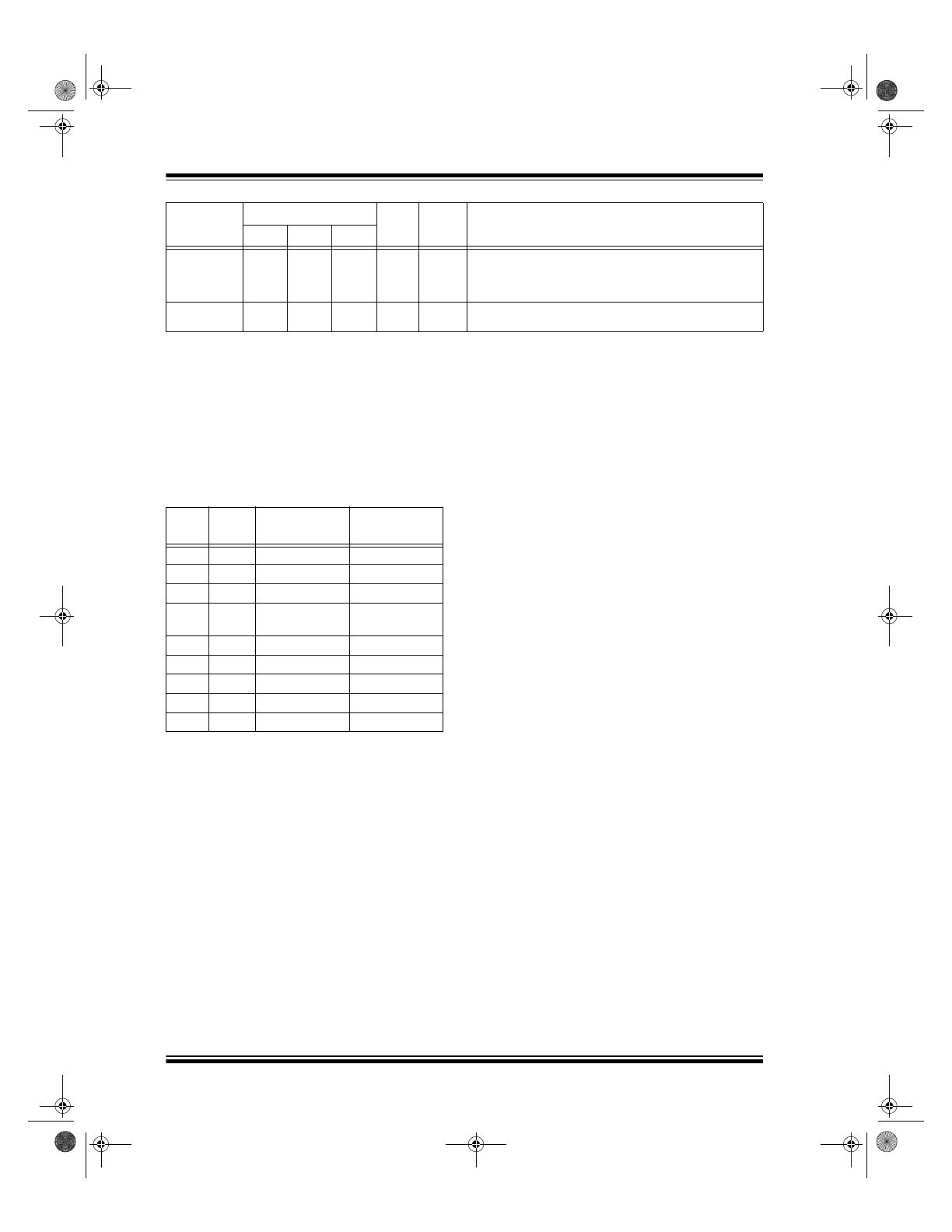
MCP2155
DS21690B-page 6
Preliminary
2001-2013 Microchip Technology Inc.
1.1.1
SIGNAL DIRECTIONS
Table 1-3
shows the direction of the MCP2155 signals.
The MCP2155 is designed for use in Data Communi-
cation Equipment (DCE) applications.
TABLE 1-3:
MCP2155 SIGNAL DIRECTION
CD
17
17
19
I
ST
Carrier Detect. The state of this bit is communicated to the IrDA
Primary Device.
1 = No Carrier Present
0 = Carrier Present
BAUD1
18
18
20
I
ST
BAUD1:BAUD0 specify the baud rate of the device. For more
information see
Section 2.5.1
.
Pin Name
Pin Number
Pin
Type
Buffer
Type
Description
PDIP
SOIC
SSOP
Legend:
TTL = TTL compatible input
ST = Schmitt Trigger input with CMOS levels
I = Input
O = Output
P = Power
CMOS = CMOS compatible input
DB-9
Pin #
Signal
Direction
Comment
1
CD
HC
MCP2155 Carrier Detect
2
RX
MCP2155
HC Received Data
3
TX
HC
MCP2155 Transmit Data
4
DTR
HC
MCP2155 Data Terminal
Ready
5
GND
—
Ground
6
DSR
MCP2155
HC Data Set Ready
7
RTS
HC
MCP2155 Request to Send
8
CTS
MCP2155
HC Clear to Send
9
RI
HC
MCP2155 Ring Indicator
Legend:
HC = Host Controller
21690B.book Page 6 Thursday, January 10, 2013 1:06 PM
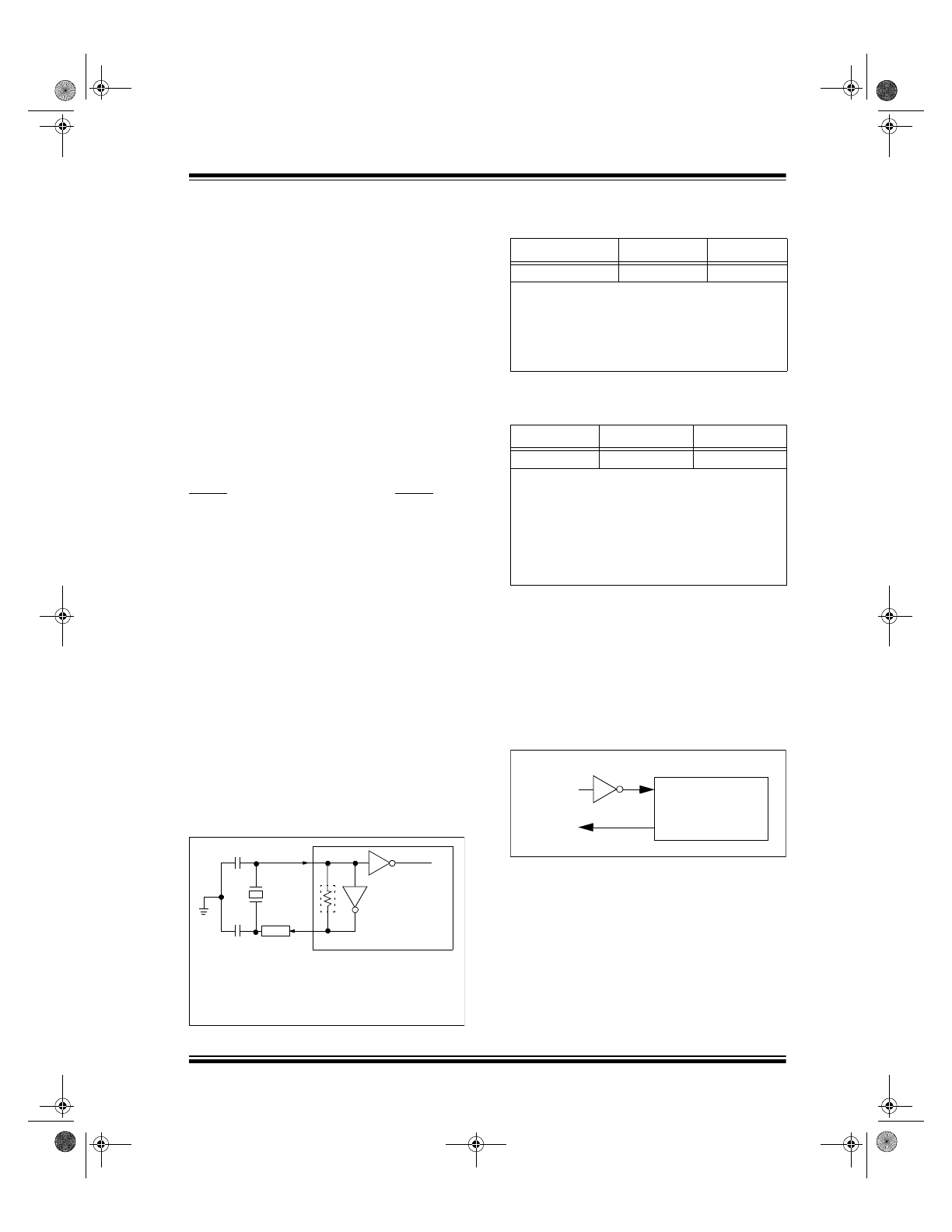
2001-2013 Microchip Technology Inc.
Preliminary
DS21690B-page 7
MCP2155
2.0
DEVICE OPERATION
The MCP2155 is a cost effective, low pin count (18-
pin), easy to use device for implementing IrDA stan-
dard wireless connectivity. The MCP2155 provides
support for the IrDA standard protocol “stack” plus bit
encoding/decoding. The Serial interface and IR baud
rates are independantly selectable.
2.1
Power-up
Any time that the device is powered up (
parameter
D003
), the Power-up timer delay (
parameter 33
)
occurs, followed by an Oscillator Start-up Timer (OST)
delay (
parameter 32
). After these two delays complete,
communication with the device may be initiated. This
communication is from both the infrared transceiver’s
side as well as the controller’s UART interface.
2.2
Device Reset
The MCP2155 is forced into the reset state when the
RESET pin is in the low state. After the RESET pin is
brought to a high state, the Device Reset sequence
occurs. Once the sequence completes, functional
operation begins.
2.3
Clock Source
The MCP2155 requires a clock source to operate. The
frequency of this clock is 11.0592 MHz (electrical spec-
ification
parameter 1A
). This clock can be supplied by
either a crystal/resonator or as an external clock input.
2.3.1
CRYSTAL OSCILLATOR / CERAMIC
RESONATORS
A crystal or ceramic resonator can be connected to the
OSC1 and OSC2 pins to establish oscillation
(
Figure 2-1
). The MCP2155 oscillator design requires
the use of a parallel cut crystal. Use of a series cut crys-
tal may give a frequency out of the crystal manufactur-
ers specifications.
FIGURE 2-1:
CRYSTAL OPERATION
(OR CERAMIC
RESONATOR)
TABLE 2-1:
CAPACITOR SELECTION FOR
CERAMIC RESONATORS
TABLE 2-2:
CAPACITOR SELECTION FOR
CRYSTAL OSCILLATOR
2.3.2
EXTERNAL CLOCK IN
For applications where a clock is already available
elsewhere, users may directly drive the MCP2155 pro-
vided that this external clock source meets the AC/DC
timing requirements listed in
Section 4.3
.
Figure 2-2
below shows how an external clock circuit should be
configured.
FIGURE 2-2:
EXTERNAL CLOCK INPUT
OPERATION
See
Table 2-1
and
Table 2-2
for recommended
values of C1 and C2.
C1
C2
XTAL
OSC2
RS
OSC1
RF
To Internal
MCP2155
see Note
Logic
Note: A series resistor may be required for
AT strip cut crystals.
Freq
OSC1 (C1)
OSC2 (C2)
11.0592 MHz
10 - 22 pF
10 - 22 pF
Higher capacitance increases the stability of the oscil-
lator but also increases the start-up time. These val-
ues are for design guidance only. Since each
resonator has its own characteristics, the user should
consult the resonator manufacturer for appropriate
values of external components.
Freq
OSC1 (C1)
OSC2 (C2)
11.0592 MHz
15 - 30 pF
15 - 30 pF
Higher capacitance increases the stability of the oscil-
lator but also increases the start-up time. These val-
ues are for design guidance only. R
S
may be required
to avoid overdriving crystals with low drive level spec-
ification. Since each crystal has its own
characteristics, the user should consult the crystal
manufacturer for appropriate values of external com-
ponents.
Clock From
external
MCP2155
OSC1
OSC2
Open
system
21690B.book Page 7 Thursday, January 10, 2013 1:06 PM
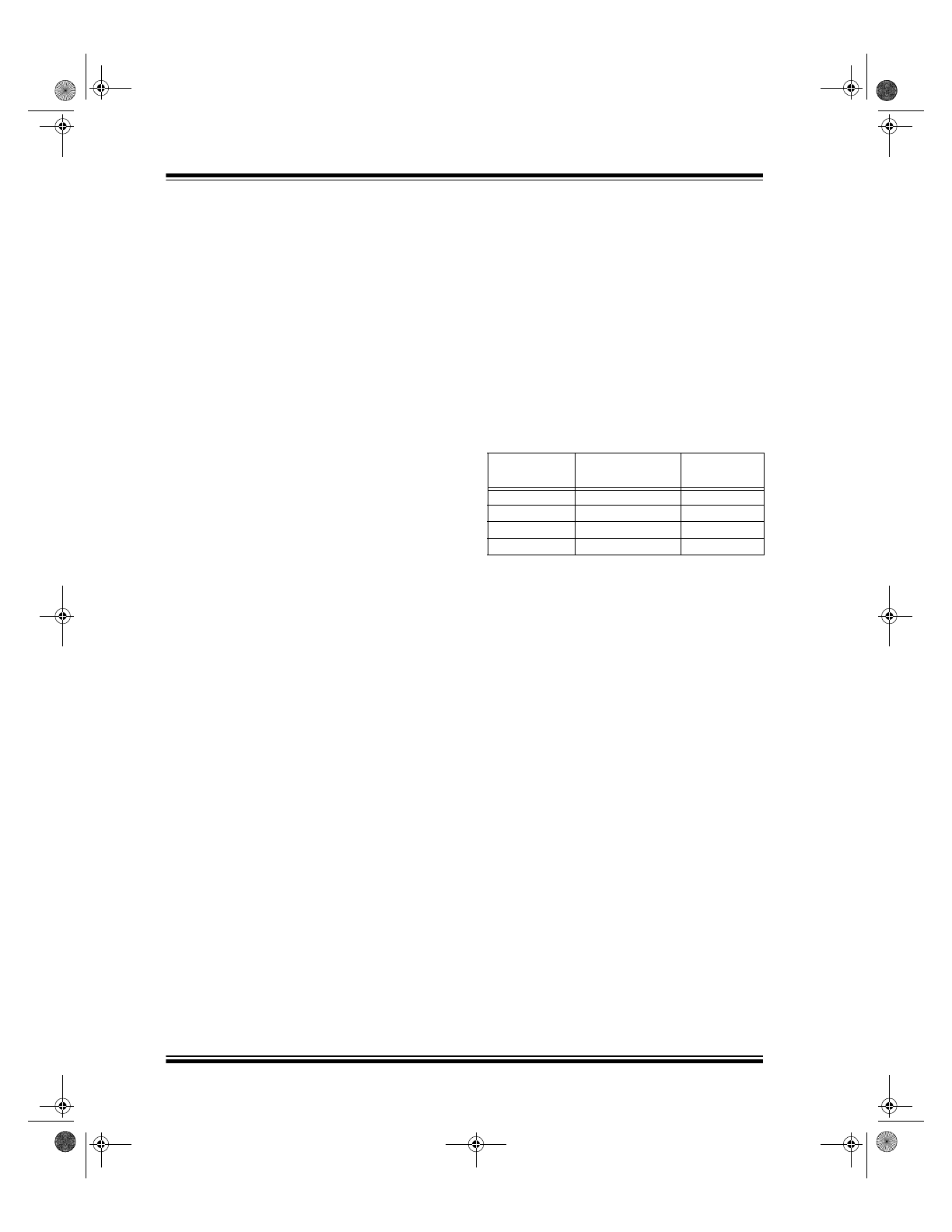
MCP2155
DS21690B-page 8
Preliminary
2001-2013 Microchip Technology Inc.
2.4
Bit Clock
The device crystal is used to derive the communication
bit clock (BITCLK). There are 16 BITCLKs for each bit
time. The BITCLKs are used for the generation of the
start bit and the eight data bits. The stop bit uses the
BITCLK when the data is transmitted (not for recep-
tion).
This clock is a fixed frequency, and has minimal varia-
tion in frequency (specified by crystal manufacturer).
2.5
UART Interface
The UART interface communicates with the "control-
ler". This interface is a half duplex interface, meaning
that the system is either transmitting or receiving, but
not both at the same time.
2.5.1
BAUD RATE
The baud rate for the MCP2155 serial port (the TX and
RX pins) is configured by the state of the BAUD1 and
BAUD0 pins. These two device pins are used to select
the baud rate that the MCP2155 will transmit and
receive serial data (not IR data).
Table 2-3
shows the
baud rate configurations.
TABLE 2-3:
SERIAL BAUD RATE
SELECTION VS. FREQUENCY
2.5.2
TRANSMITTING
When the controller sends serial data to the MCP2155,
the controller’s baud rate is required to match the baud
rate of the MCP2155’s serial port.
2.5.3
RECEIVING
When the controller receives serial data from the
MCP2155, the controller’s baud rate is required to
match the baud rate of the MCP2155’s serial port.
BAUD1:BAUD0
Baud Rate @
11.0592 MHz
Bit Rate
00
9600
F
OSC
/ 1152
01
19200
F
OSC
/ 576
10
57600
F
OSC
/ 192
11
115200
F
OSC
/ 96
21690B.book Page 8 Thursday, January 10, 2013 1:06 PM

2001-2013 Microchip Technology Inc.
Preliminary
DS21690B-page 9
MCP2155
2.6
Modulation
The data that the MCP2155 UART received (on the TX
pin) that needs to be transmitted (on the TXIR pin), will
need to be modulated. This modulated signal drives the
IR transceiver module.
Figure 2-3
shows the encoding
of the modulated signal.
Each bit time is comprised of 16-bit clocks. If the value
to be transmitted (as determined by the TX pin) is a
logic low, then the TXIR pin will output a low level for
7-bit clock cycles, a logic high level for 3-bit clock
cycles or a minimum of 1.6
S (see
parameter IR121
),
and then the remaining 6-bit clock cycles (or difference
up to the 16-bit clock time) will be low. If the value to
transmit is a logic high, then the TXIR pin will output a
low level for the entire 16-bit clock cycles.
2.7
Demodulation
The modulated signal (data) from the IR transceiver
module (on RXIR pin) needs to be demodulated to form
the received data (on RX pin). After demodulation of
the data byte occurs, the data that is received is trans-
mitted by the MCP2155 UART (on the RX pin).
Figure 2-4
shows the decoding of the modulated
signal.
Each bit time is comprised of 16 bit clocks. If the value
to be received is a logic low, then the RXIR pin will be
a low level for the first 3-bit clock cycles or a minimum
of 1.6 µs, and then the remaining 13-bit clock cycles (or
difference up to the 16-bit clock time) will be high. If the
value to be received is a logic high, then the RXIR pin
will be a high level for the entire 16-bit clock cycles. The
level on the RX pin will be in the appropriate state for
the entire 16 clock cycles.
FIGURE 2-3:
ENCODING
FIGURE 2-4:
DECODING
Note:
The signal on the TXIR pin does not actu-
ally line up in time with the bit value that
was transmitted on the TX pin as shown in
Figure 2-3
. The TX bit value is shown to
represent the value to be transmitted on
the TXIR pin.
Note:
The signal on the RX pin does not actually
line up in time with the bit value that was
received on the RXIR pin as shown in
Figure 2-4
. The RXIR bit value is shown to
represent the value to be transmitted on
the RX pin.
BITCLK
TX Bit
TXIR
0
1
0
0
0
1
16 CLK
7 CLK
Start Bit
Data bit 0
Data bit 1
Data bit 2
Data bit ...
24 Tosc
Value
BITCLK
RX
RXIR Bit
0
1
0
0
0
1
1.6 µs (up to 3 CLK)
13 CLK
16 CLK
16 CLK
16 CLK
16 CLK
16 CLK
16 CLK
16 CLK
Start Bit
Data bit 0
Data bit 1
Data bit 2
Data bit ...
(CLK)
Value
21690B.book Page 9 Thursday, January 10, 2013 1:06 PM
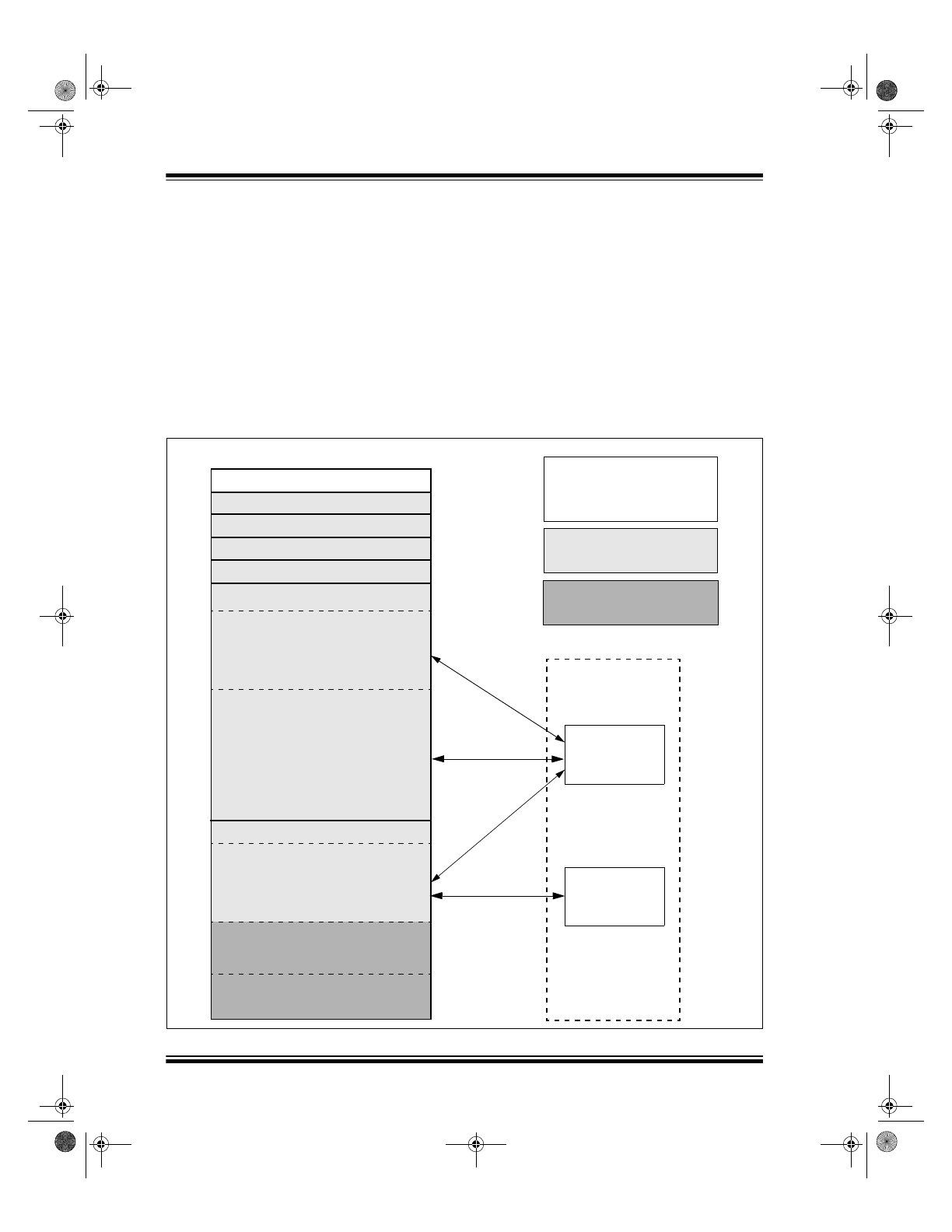
MCP2155
DS21690B-page 10
Preliminary
2001-2013 Microchip Technology Inc.
2.8
Minimizing Power
The device can be placed in a low power mode by dis-
abling the device (holding the EN pin at the low state).
The internal state machine is monitoring this pin for a
low level, and once this is detected the device is dis-
abled and enters into a low power state.
2.8.1
RETURNING TO DEVICE
OPERATION
When disabled, the device is in a low power state.
When the EN pin is brought to a high level, the device
will return to the operating mode. The device requires
a delay of 1024 T
OSC
before data may be transmitted
or received.
2.9
Network Layering Reference
Model
Figure 2-5
shows the ISO Network Layering Reference
Model. The shaded areas are implemented by the
MCP2155, the cross-hatched area is implemented by
an infrared transceiver, and the unshaded areas need
to be implemented by the Host controller.
FIGURE 2-5:
ISO REFERENCE LAYER MODEL
OSI REFERENCE LAYERS
Application
Presentation
Session
Transport
Network
Data Link Layer
LLC (Logical Link Control)
Acceptance Filtering
Overload Notification
Recovery Management
MAC (Medium Access Control)
Data Encapsulation/Decapsulation
Frame Coding (stuffing, destuffing)
Medium Access Management
Error Detection
Error Signaling
Acknowledgment
Serialization/Deserialization
Physical Layer
PLS (Physical Signalling)
Bit Encoding/Decoding
Bit Timing
Synchronization
PMA (Physical Medium Attachment)
Driver/Receiver Characteristics
MDI (Medium Dependent Interface)
Connectors
Fault
confinement
(MAC-LME)
Bus Failure
management
(PLS-LME)
Supervisor
Regions implemented
by the MCP2155
Has to be implemented in Host
Controller firmware
Regions implemented
by the Optical Transceiver logic
(such as a PIC
®
microcontroller)
21690B.book Page 10 Thursday, January 10, 2013 1:06 PM
